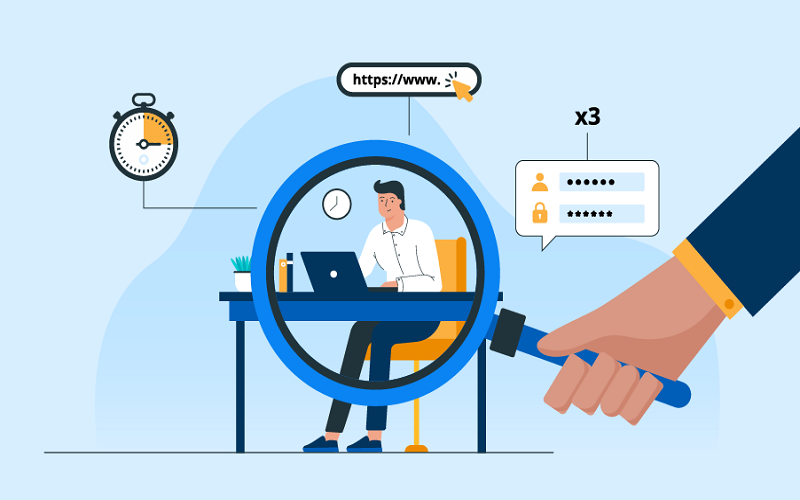Intellectual property (IP) is often a company’s most valuable asset. Employers invest significant resources in developing innovative products and processes. It thus becomes imperative to protect these creations from unauthorized use or duplication. Maintaining intellectual property ownership requires a strategic approach that combines legal safeguards and the judicious use of technology. This articleexplores critical tips for employers to safeguard their intellectual property.
Intellectual property safeguarding tips
Here are some tips to consider to protect intellectual property.
Employment agreements
Protect intellectual property at employees’ entry points by including comprehensive employment agreements. Outline the terms of employment, including specific clauses related to IP ownership. Ensure employees understand their responsibilities regarding creating intellectual property during their tenure andafter leaving the company.
IP policies
Conduct training programs to tech your employees the company’s IP policies. Employees should also understand the importance of safeguarding proprietary information and the potential consequences of violating these policies. Emphasize the significance of respecting trade secrets and confidential information.
Non-Disclosure Agreements (NDAs)
When discussing with external parties, especially during collaborations or partnerships, use NDAs to safeguard your confidential information. These legally binding contracts ensure third parties are prohibited from disclosing or using proprietary information without explicit permission.
Employee activity tracking
Use employee activity tracking technologies to monitor and manage the use of company resources. These tools provide insights into employee activities and help identify potential risks to intellectual property. However, it is crucial to balance the use of such technologies with employee privacy considerations and legal compliance.
IP ownership guidelines
Define the parameters of intellectual property ownership within the organization. Make it explicit in company policies that any creationsor developments made by employees during their employment belong to the company. It ensures there is no ambiguity regarding the ownership of intellectual property.
Regular updates
The business environment is dynamic, and so should your intellectual property policies. Regularly update these policies to align with industry and business strategy changes. Keeping guidelines current ensures your organization remains well-protected against emerging threats to intellectual property.
Employee monitoring software
While the use of employee monitoring software can enhance security and mitigate risks, it needs judicious and ethical implementation. Communicate the purpose and scope of monitoring to employees to address their concerns. Balancing security and privacy is essential for maintaining a positive work environment.
Exit interviews
Conduct thorough exit interviews to discuss intellectual property obligations and confidentiality agreements when an employee leaves the organization. Remind departing employees of their ongoing responsibilities to protect the company’s intellectual property and inquire about potential concerns they may have.
Secure access
Control access to physical and digital assets that house intellectual property. Implement stringent access controls and password policies to prevent unauthorized access to sensitive information. Regularly audit and update access permissions as necessary.
Collaborate with legal professionals
Establish a strong partnership with legal professionals specializing in intellectual property. Seek their guidance in crafting airtight contractsand enforcing intellectual property rights when necessary. Proactive legal counsel is invaluable in safeguarding your company’s intangible assets.
Bottom line
Maintaining intellectual property ownership is a layered activity that requires a combination of legaland technological measures. Implementing robust employment agreements and educating employees on IP policieshelp create a secure environment for their intellectual property. Clear communicationand collaboration with legal experts are essential components of a comprehensive strategy to preserve the value of intellectual property.

